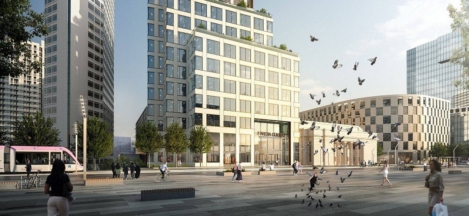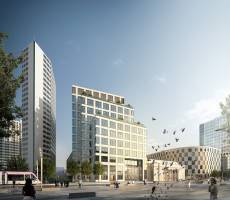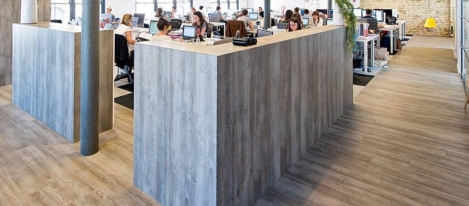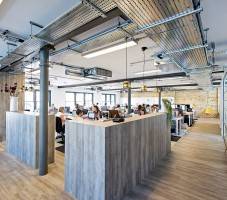September 10, 2015
Rental growth continues across UK’s core commercial property markets 0
 The recent growth in prime headline office rents has continued across the UK’s regional commercial property markets with an average increase of 4.3 percent across the UK’s ‘Core 8’ markets in the 12 months to June 2015, according to a report from property consultants JLL. The Core 8 cities are the UK’s largest metropolitan economies and are a distinct group from the Government’s definition of core cities. In the JLL study they comprise Birmingham, Bristol, Leeds (above), Manchester, London, Cardiff, Edinburgh and Glasgow. Reflecting the solid outlook for demand and tight supply of new space, the report claims that headline rents are expected to continue on an upward curve with average growth of 2.9 percent per year in the Core 8 region over the period. One of the key drivers for rent growth remains a mismatch between demand and supply. More →
The recent growth in prime headline office rents has continued across the UK’s regional commercial property markets with an average increase of 4.3 percent across the UK’s ‘Core 8’ markets in the 12 months to June 2015, according to a report from property consultants JLL. The Core 8 cities are the UK’s largest metropolitan economies and are a distinct group from the Government’s definition of core cities. In the JLL study they comprise Birmingham, Bristol, Leeds (above), Manchester, London, Cardiff, Edinburgh and Glasgow. Reflecting the solid outlook for demand and tight supply of new space, the report claims that headline rents are expected to continue on an upward curve with average growth of 2.9 percent per year in the Core 8 region over the period. One of the key drivers for rent growth remains a mismatch between demand and supply. More →



































September 21, 2015
Five essential office design trends to look for in the near future 0
by Tom Brialey • Comment, Facilities management, Flexible working, Workplace design
More →